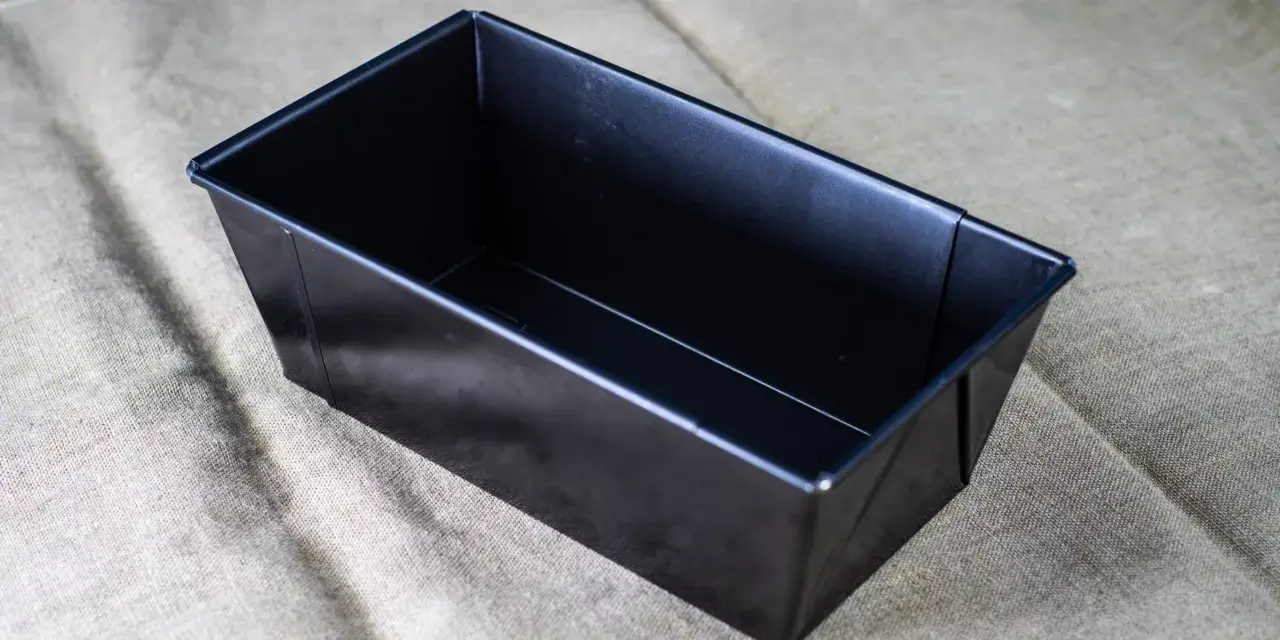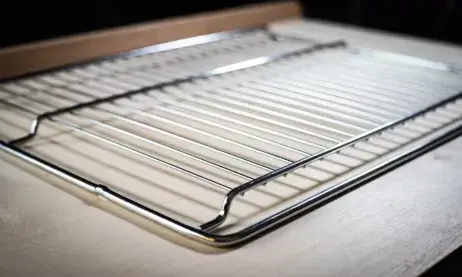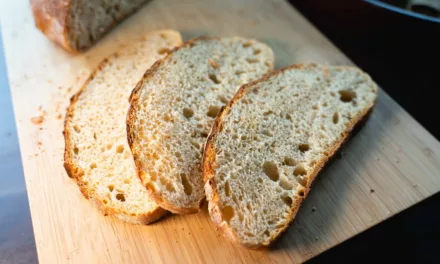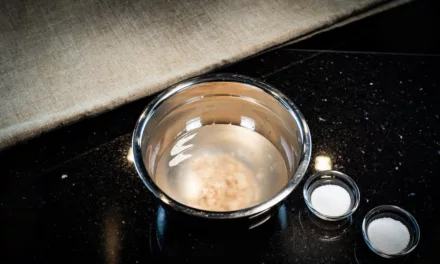Welcome to our comprehensive guide on bread pans! If you’ve ever wondered about the secret to baking the perfect white sourdough sandwich bread, you’re in the right place.
Baking bread is an art, but without the right tools, even the most skilled baker can fall short. That’s where bread pans come in. They’re the unsung heroes of the baking world, turning dough into beautifully shaped, evenly baked loaves.
As a seasoned baker and a passionate advocate for the art of baking, I’ve spent countless hours experimenting with different types of bread pans. I’ve seen firsthand how the right pan can transform a good loaf into a great one, like this big sourdough sandwich bread.
Ready to take your baking to the next level? Let’s dive in!
Table of Contents
- Introduction
- The Importance of Bread Pans
- Types of Bread Pans
- Choosing the Right Bread Pan
- Caring for Your Bread Pan
- Where to Buy
- Conclusion
- Frequently Asked Questions (FAQ)
The Importance of Bread Pans
Bread pans, also known as loaf pans, are crucial for baking bread. They provide structure to the dough as it bakes, ensuring that your loaf rises evenly and maintains its shape. Without a bread pan, your dough could spread out and bake unevenly, resulting in a flat, dense loaf, which is not what you want when you’re trying to make a fluffy sourdough toast.
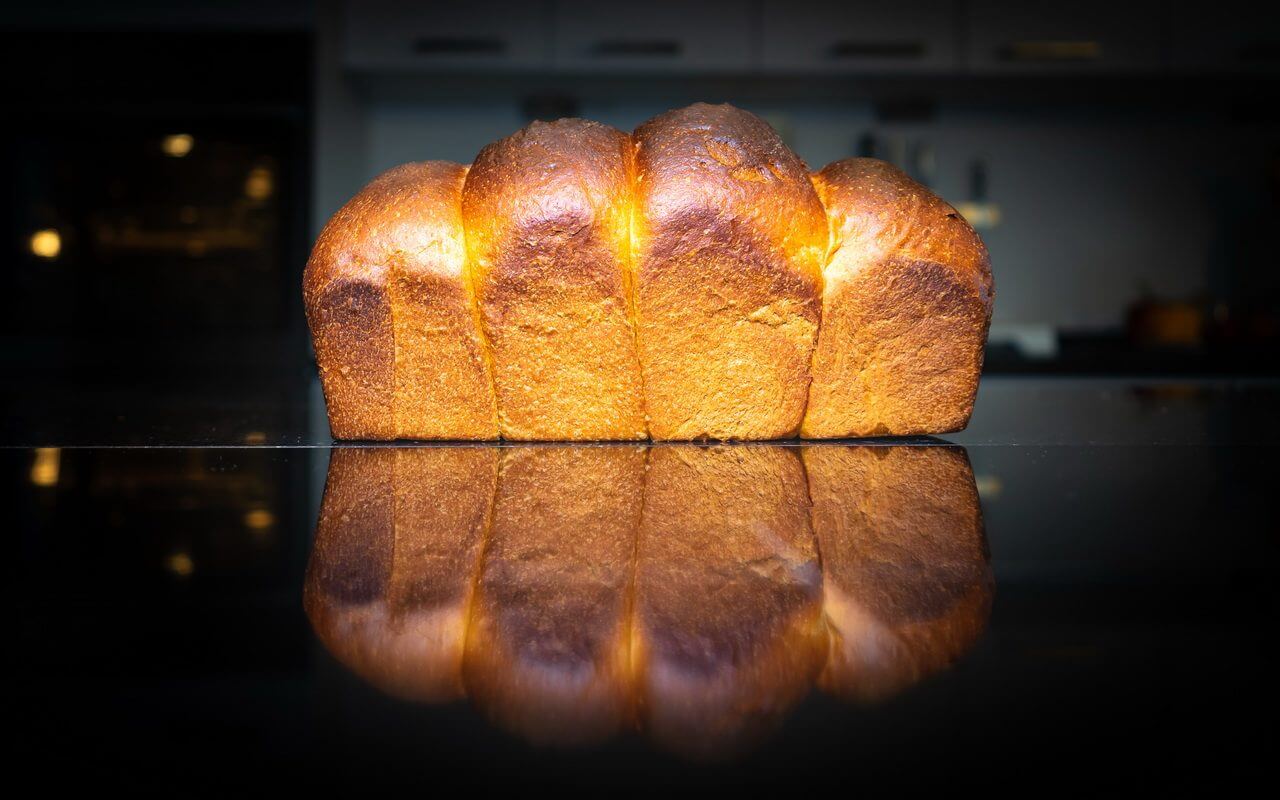
But not all bread pans are created equal. The material, size, and shape of the pan can all affect how your bread bakes. For example, metal pans heat up quickly and evenly, making them ideal for achieving a golden-brown crust. On the other hand, glass pans retain heat well, which can help your bread rise higher.
Types of Bread Pans
There are several types of bread pans available, each with its own advantages and disadvantages. Here are a few of the most common types:
- Metal Bread Pans: These are the most common type of bread pan. They heat up quickly and evenly, resulting in a well-browned crust. However, they can sometimes over-brown the bread if not monitored closely.
- Glass Bread Pans: Glass pans retain heat well, which can help your bread rise higher. However, they can take longer to heat up, which can affect the baking time.
- Silicone Bread Pans: These pans are flexible and non-stick, making it easy to remove the bread after baking. However, they don’t heat as evenly as metal or glass pans.
- Cast Iron Bread Pans: Cast iron pans retain heat exceptionally well, resulting in a crisp, evenly browned crust. However, they’re heavy and require careful handling.
Choosing the Right Bread Pan
Choosing the right bread pan depends on several factors, including the type of bread you’re baking, your personal preferences, and your budget. Here area few things to consider:
- Material: As mentioned above, the material of the pan can affect how your bread bakes. Metal pans are versatile and affordable, making them a good choice for beginners. Glass pans are great for monitoring the browning of the crust, while silicone pans are easy to clean and store. Cast iron pans are durable and excellent for achieving a crisp crust, but they can be heavy and require more care.
- Size: The size of the pan will determine the size of your loaf. Most recipes are designed for a standard 9×5-inch pan (roughly 23×13 centimeters), but there are also smaller and larger pans available. Choose a size that fits your needs.
- Shape: The shape of the pan can affect the shape of your loaf. Most bread pans are rectangular, which is ideal for sandwich bread. However, there are also round and oval pans available for artisan-style loaves.
- Non-Stick Coating: Some pans have a non-stick coating, which makes it easier to remove the bread after baking. However, these pans can scratch easily and may require replacement over time.
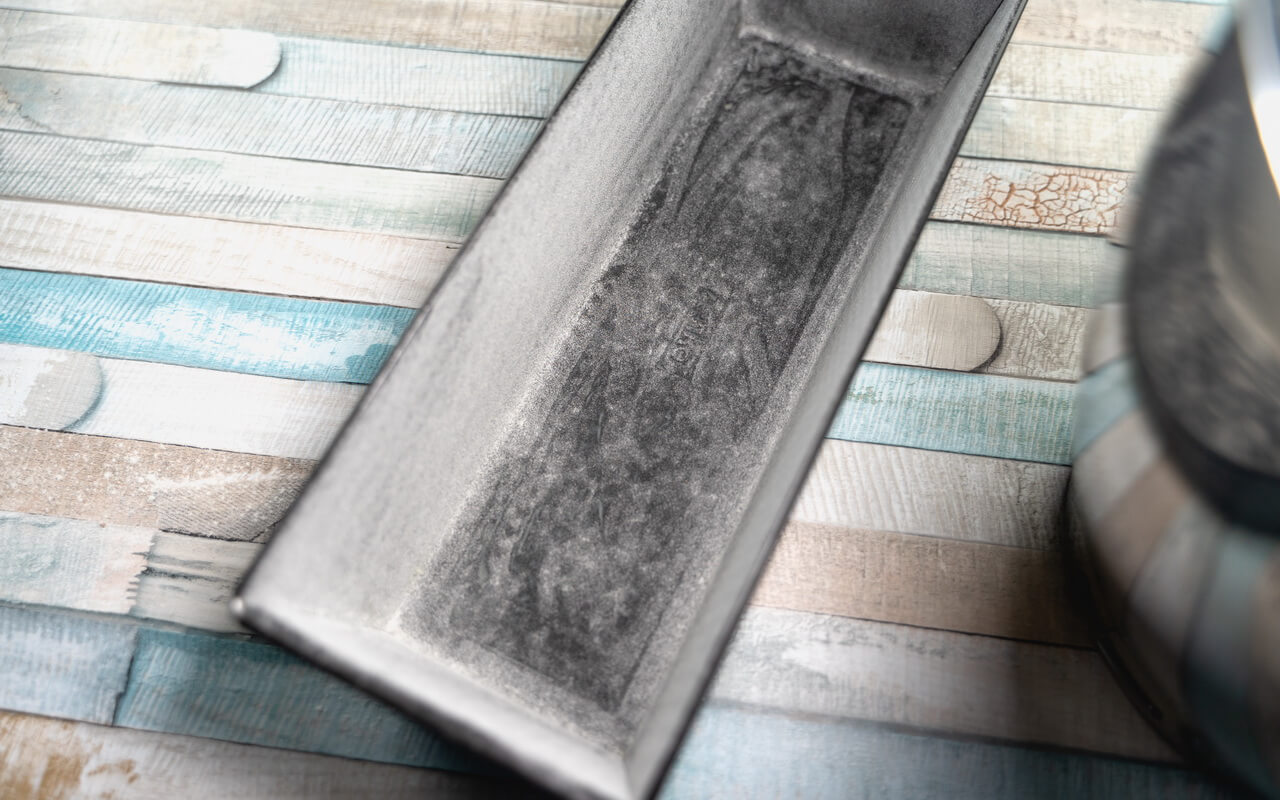
Caring for Your Bread Pans
Proper care can extend the life of your bread pans and ensure that it performs well. Here are a few tips:
- Cleaning: Clean your pan after each use to remove any leftover crumbs or dough. Avoid using abrasive cleaners or scrub pads, as they can scratch the surface of the pan.
- Storage: Store your pan in a dry place to prevent rusting. If you’re storing multiple pans together, place a towel or piece of parchment paper between them to prevent scratching.
- Use: Avoid using metal utensils with non-stick pans, as they can scratch the surface. Instead, use plastic or silicone utensils.
Where to Buy
Ready to start baking? You can find a wide range of bread pans at your local kitchen supply store or online on Amazon. There are many different options to choose from, but these three here are the most common which are a classic, Pullman or iron cast:
Conclusion
Choosing the right bread pan can make a big difference in your baking. Whether you’re a beginner baker making your first loaf or an experienced baker looking to upgrade your equipment, there’s a bread pan out there that’s perfect for you. Happy baking!
Frequently Asked Questions (FAQ)
What type of pan is best for bread?
The best type of pan for bread depends on your specific needs and preferences. Metal pans are versatile and heat up quickly, making them a popular choice. However, glass pans can also be a good option as they retain heat well, helping your bread rise higher.
Is a bread pan the same as a loaf pan?
Yes, a bread pan and a loaf pan are the same thing. They are designed to give structure to the dough as it bakes, ensuring that your loaf rises evenly and maintains its shape.
What is also known as a bread pan?
A bread pan is also known as a loaf pan. It can also be referred to by its specific type, such as a metal bread pan or a glass bread pan.
Do I need a bread pan for bread?
While it’s possible to bake bread without a pan, using a bread pan can help your loaf maintain its shape and rise evenly. It’s especially useful for baking sandwich bread.
Is glass or metal better for a bread pan?
Both glass and metal have their advantages. Metal pans heat up quickly and evenly, making them great for achieving a well-browned crust. Glass pans, on the other hand, retain heat well, which can help your bread rise higher.
Is it better to bake bread on a stone or in a pan?
Baking on a stone can give your bread a crisp, artisan-style crust, but it can be more difficult to shape your loaf and the baking time may vary. Baking in a pan provides more control over the shape of your loaf and ensures even baking, making it a more reliable choice for beginners.

